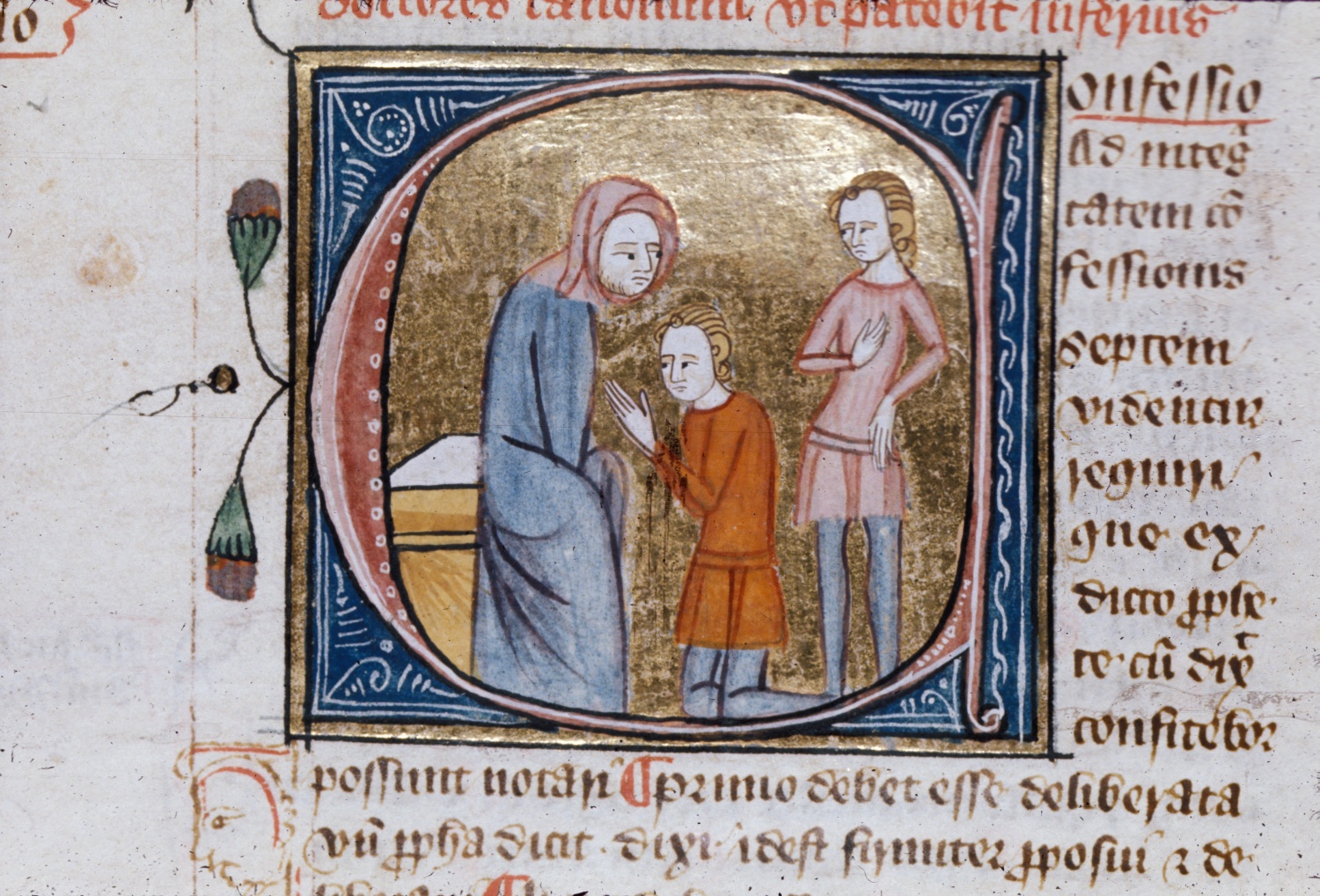Previous Articles of the Month
April 2024
Davis-Secord, Sarah. " In Battle and in Bed: Wanton Women and Women Warriors in Muslim and Christian Crusade Narratives." Gender & History 35, 1 (2023): 3-19
Abstract: "This article analyses the parallel representations of enemy warrior women as sexually profligate and inappropriately martial in selected Latin and Arabic texts from the period of the first three crusades (late eleventh to late twelfth centuries). Cross-cultural comparison of depictions of fighting women demonstrates that both cultures portrayed the other side as dominated, and thus undermined, by women who were unnaturally assertive in both sexual and military affairs. Both Muslim and Christian authors sexualised and militarised the bodies of enemy women in order to define which men were the strongest, best and most deserving of battlefield victory in the holy wars of crusade and jihad." — [Reproduced from the article page on the Wiley Online Library website.]
February 2024
 Cleric hearing confession, Initial C illustration for Confessio, James le Palmer, Omne Bonum, British Library Royal Ms 6 E VI, fol. 354v (Source: Picryl, Public domain)
Cleric hearing confession, Initial C illustration for Confessio, James le Palmer, Omne Bonum, British Library Royal Ms 6 E VI, fol. 354v (Source: Picryl, Public domain)
Garrison, Jennifer. "Speaking of Failure: Modern Masculinity and Medieval Confession." Signs: Journal of Women in Culture and Society 48, 4 (2023): 923-942.
Abstract: "Modern hegemonic masculinity often entails a focus on the past, a longing for an imagined time when men had more authority and power. I argue that this orientation toward the past stretches back to the Middle Ages. Specifically, the discourses surrounding medieval confession—the mandatory ritual of confessing one's sins to a priest—continue to shape how white men assert their own power and
domination in modern North America. In Europe's Middle Ages, guides to confession encouraged men to assert their patriarchal authority by narrating their own past failures. Through an analysis of representative medieval penitential manuals, I show how confession became a discursive tool for men to imagine themselves in positions of social and moral superiority. This penitential tradition's continuing influence is particularly evident in North America's booming men's self-improvement culture and the growing nostalgia for historical versions of masculinity. By narrating the sins of their own past and their collective flawed past as men, North American men enact a modern penitential masculinity that does not undermine patriarchy but rather justifies their place as powerful men within it. Western patriarchy has long relied on a penitential model of masculinity that deploys men's past failures—both individual and collective—as a justification for future gendered domination." — [Reproduced from the article page on the University of Chicago Press website.]
January 2024
 David Holgate, Mother Julian, statue in Ancaster stone, 2000, Norwich, flanking the cathedral's west entrance (Source: Wikimedia Commons, Public domain)
David Holgate, Mother Julian, statue in Ancaster stone, 2000, Norwich, flanking the cathedral's west entrance (Source: Wikimedia Commons, Public domain)
Van Dyke, Christina. "'Lewd, Feeble, and Frail': Humility Formulae, Medieval Women, and Authority." Oxford Studies in Medieval Philosophy 10 (2022): 1-23.
Abstract: "This paper argues that medieval European Christian women often used humility topoi not to express genuine lack of knowledge or education, but in order to establish themselves as authorities within contemplative philosophical discussions. Humility formulae were ubiquitous in such discussions and typically used by both men and women to provide an explanation of the text's larger purpose and a defense of the author's claim to write it, in addition to situating themselves respectfully with respect to their presumed audience. Women writers in this period frequently also employed humility formulae to foreground objections to their right to write on these subjects qua women, and then to explicitly address those objections in the voice of the only universally recognized medieval authority: God." — [Reproduced from the article page on the Oxford Academic website.]
Return to Current Article of the Month
Top of Page